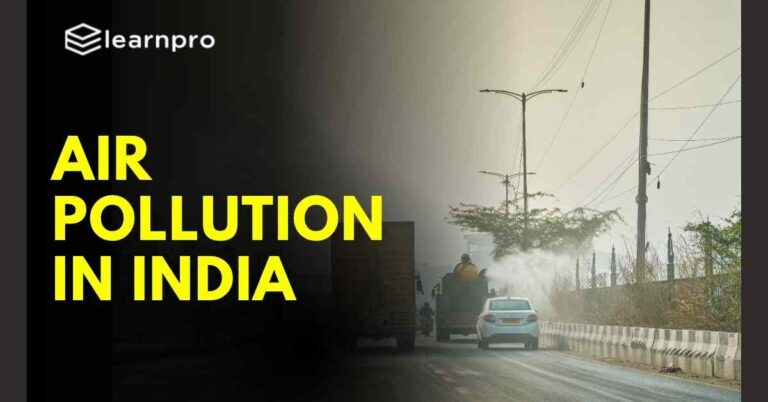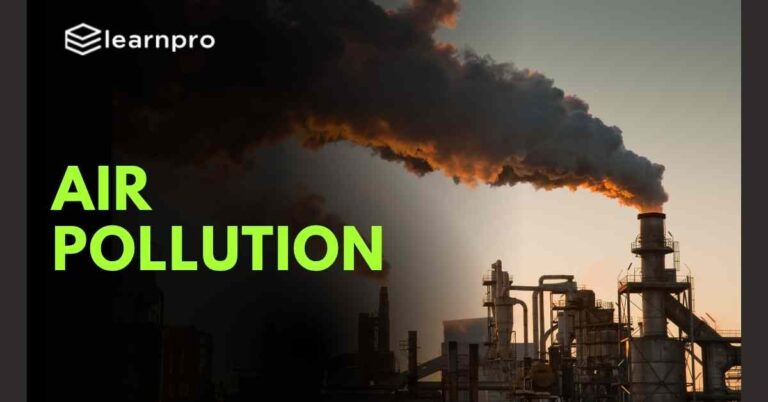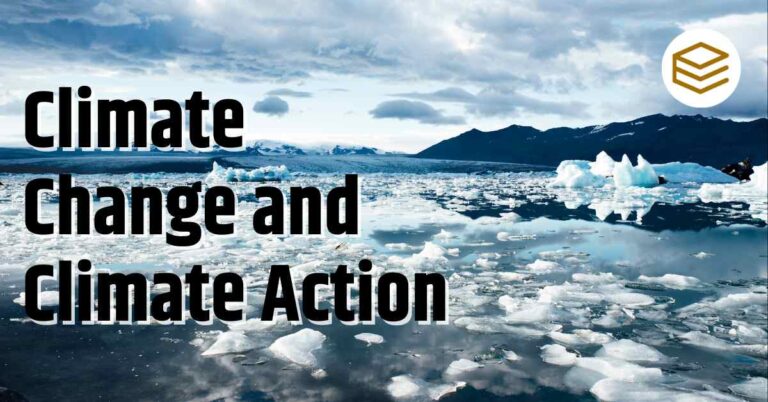October 24, 2025 8:38 pm
Subject: Environment
Section: Pollution
Topic: Air Pollution Control in Indian Megacities
The recently released Swachh Vayu Survekshan (SVS) 2024 report by the Union Ministry of Environment, Forest, and Climate Change paints a grim picture of air pollution control in India’s major cities. Despite receiving substantial financial support, many of India’s most populous urban centers continue to struggle with improving air quality.
About Swachh Vayu Survekshan (SVS) 2024
The Swachh Vayu Survekshan (Clean Air Study) ranked 130 cities based on their efforts to improve air quality. The primary objectives of the study include creating awareness about air pollution, informing citizens of its health impacts, and striving toward the National Clean Air Programme (NCAP) goal of “Clean air for all.”

Categories and Criteria
- Category 1: Cities with a population of over 10 lakh (47 cities)
- Category 2: Cities with a population of 3-10 lakh (43 cities)
- Category 3: Cities with a population under 3 lakh (40 cities)
The evaluation involved self-assessments by urban local bodies, reviewed by state Air Quality Monitoring Committees, and a final assessment by the Central Pollution Control Board (CPCB). The rankings were determined using the PRANA dashboard, which considers control measures across eight sectors, each contributing to air quality.
Ranking and Performance Outcomes
Despite significant funding allocations, major Indian cities showed limited success:
- Delhi: 11th place (best among major cities)
- Bengaluru: 28th place
- Mumbai: 32nd place
- Kolkata: 41st place
- Chennai: 46th place (worst among major cities)
In contrast, some cities excelled:
- Category 1 (Population: 10 lakh +):
- 1st: Surat (Gujarat)
- 2nd: Jabalpur (Madhya Pradesh)
- 3rd: Agra (Uttar Pradesh)
- Category 2 (Population: 3-10 lakh):
- 1st: Firozabad (Uttar Pradesh)
- 2nd: Amravati (Maharashtra)
- 3rd: Jhansi (Uttar Pradesh)
- Category 3 (Population: Under 3 lakh):
- 1st: Raebareli (Uttar Pradesh)
- 2nd: Nalgonda (Telangana)
- 3rd: Nalagarh (Himachal Pradesh)
Challenges Faced by Major Cities
Despite the Rs 3,285 crore (30% of the total Rs 11,211 crore) allocated to six major cities, the average fund utilization was only about 60%. Notably:
- Bengaluru: Lowest fund utilization at 22%
- Chennai: Highest utilization, almost 100%
However, even with varying degrees of fund usage, the improvement in air quality was minimal. PM10 levels saw slight increases in Delhi, Bengaluru, and Chennai, while other cities exhibited only marginal improvements.
National Clean Air Programme (NCAP)
The National Clean Air Programme (NCAP), launched in January 2019, is a long-term strategy aimed at tackling air pollution across India. The program targets a 20-30% reduction in PM10 and PM2.5 concentrations by 2024, using 2017 as the base year.
Key Objectives
- Mitigation Measures: Enforce strict air pollution control measures.
- Monitoring Network: Develop an extensive and reliable ambient air quality monitoring system.
- Public Awareness and Capacity Building: Promote awareness and enhance infrastructure for effective air pollution management.
Best Practices from Top Performing Cities
Cities that performed well in the SVS 2024 report adopted innovative and effective air quality control measures, including:
- End-to-End Road Paving: Reducing road dust emissions.
- Mechanical Sweeping: Regular cleaning to minimize dust.
- Bioremediation: Managing legacy waste through eco-friendly methods.
- Greenbelt Development: Expanding green cover in urban areas.
- Intelligent Traffic Management: Optimizing traffic flow to reduce emissions.
- Miyawaki Forestation: Creating dense, fast-growing forests in urban spaces.
Prelims Questions
- Consider the following statements regarding the Swachh Vayu Survekshan (SVS) 2024:
- The study evaluated 130 cities based on self-assessment reports from urban local bodies.
- The evaluation process was finalized by the Central Pollution Control Board (CPCB).
- (a) 1 only
- (b) 2 only
- (c) Both 1 and 2
- (d) Neither 1 nor 2
Explanation: The SVS 2024 report involved self-assessment reports vetted by state committees, with final evaluations by the CPCB. - Which of the following cities achieved the highest rank in the Category 1 (Population: 10 lakh +) of the Swachh Vayu Survekshan 2024?
- (a) Delhi
- (b) Surat
- (c) Jabalpur
- (d) Agra
Explanation: Surat in Gujarat secured the first place in Category 1 for air quality improvements.
Mains Question
Discuss the reasons behind the poor performance of Indian megacities in air pollution control despite substantial financial support. Suggest measures that can improve air quality management in these urban areas.
Answer Framework:
- Introduction: Highlight the findings of the Swachh Vayu Survekshan 2024 report and the importance of effective air pollution control.
- Reasons for Poor Performance:
- Inadequate Fund Utilization: Cities like Bengaluru utilized only 22% of allocated funds.
- Lack of Coordination: Insufficient collaboration between municipal authorities and pollution control boards.
- Urban Challenges: High population density, increasing vehicular emissions, and construction activities.
- Suggested Measures:
- Efficient Fund Management: Ensure proper and timely use of allocated resources.
- Enhanced Monitoring: Strengthen air quality monitoring networks and use data-driven strategies.
- Community Involvement: Raise public awareness and encourage citizen participation in pollution control efforts.
- Green Infrastructure: Invest in urban green spaces and adopt eco-friendly construction practices.
- Conclusion: Emphasize the need for a holistic and collaborative approach to achieve significant improvements in air quality.
Explanation:
- Challenges: Include high vehicular emissions, inefficient waste management, and rapid urbanization.
- Solutions: Focus on a multi-sectoral strategy involving government agencies, industries, and local communities.






[…] Indian Megacities Lag in Air Pollution Control […]